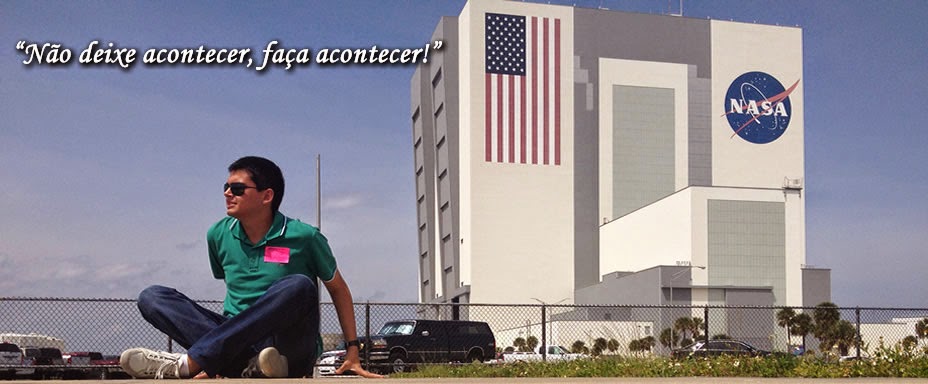A partir do período Mesolítico, período de transição do Paleolítico para o Neolítico que aconteceu de 10.000 A.C a 5.000 A.C na Pré-História, o ser humano deixou de ser nômade e começou a se agrupar e a se fixar em comunidades agrícolas. Surgiram as primeiras civilizações: Suméria, Assíria, Acadiana, Egípcia, Hebraica, Fenícia, Hitita e Persa.
Nos tempos modernos, um dos principais problemas é a concentração maciça de pessoas nos centros urbanos. Kent Larson, diretor do consórcio de pesquisa MIT House_n na Escola de Arquitetura e Planejamento, em Massachusetts, Estados Unidos, desde 1998 e atual diretor do grupo do MIT Media Lab's Changing Places em sua palestra TED mostra a ideia de como encaixar mais pessoas em todos as cidades, sem ocorrer a superlotação. Ele fala sobre carros dobráveis, apartamentos que se moldam e algumas outras inovações que podem fazer a cidade do futuro parecer muito como uma pequena vila do passado.
Nos tempos modernos, um dos principais problemas é a concentração maciça de pessoas nos centros urbanos. Kent Larson, diretor do consórcio de pesquisa MIT House_n na Escola de Arquitetura e Planejamento, em Massachusetts, Estados Unidos, desde 1998 e atual diretor do grupo do MIT Media Lab's Changing Places em sua palestra TED mostra a ideia de como encaixar mais pessoas em todos as cidades, sem ocorrer a superlotação. Ele fala sobre carros dobráveis, apartamentos que se moldam e algumas outras inovações que podem fazer a cidade do futuro parecer muito como uma pequena vila do passado.
É extremamente interessante devido ao fato de que isso não é mais um sonho, pode acontecer de fato, só precisa de alguém ousado o suficiente para colocá-lo em prática. Essa realidade, provavelmente, é o futuro que vamos aceitar como normal em alguns anos.
Assista ao vídeo: http://on.ted.com/Larson
------------------------------------------------------------------------------------------------------------
City of the Future.
From the Mesolithic Period, transition period from the Paleolithic to the Neolithic that happened from 10,000 BC to 5,000 BC in Prehistory, on, the human being stopped being nomad and started to group up in farming communities The first civilizations, Sumerian, Assyrian, Akkadian, Egyptian, Hebrew, Phoenician, Hittite and Persian, were born.
In our time, one of the main problems is the massive concentration of people in urban centers. Kent Larson, the director of the MIT House_n research consortium in the School of Architecture and Planning, in Massachusetts, USA, since 1998 and the current director of the MIT Media Lab's Changing Places group, in a TED Talk, shows an idea of how to fit more people in every city without overcrowding it. He talks about folding cars, quick-change apartments and some other innovations that could make the city of the future work a lot like a small village of the past.
It is extremely interesting due to the fact that it is no longer a dream, it can happen indeed, it only needs someone daring enough to put it in practice. This is probably the future that we will accept as normal in some years.
Watch the video: http://on.ted.com/Larson

Nenhum comentário:
Postar um comentário